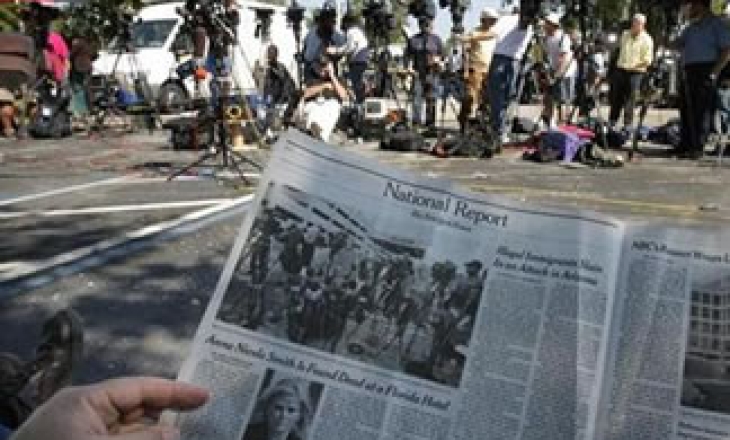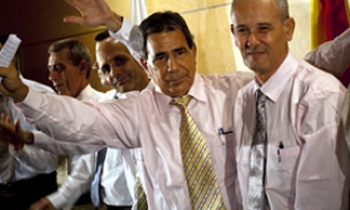The vast majority of newspaper editors worldwide are optimistic about the future of their newspapers, but they don’t think of them as "print-only," having clearly accepted the multi-media revolution, according to a global survey that provides an insider’s view of newsroom attitudes and strategies.
The second annual "Newsroom Barometer," conducted by Zogby International for the World Editors Forum (WEF) and Reuters, found that 85 per cent of editors are very optimistic or somewhat optimistic about the future of their newspapers. The percentage is unchanged from last year.
The survey of 704 senior editors from around the world, conducted in March 2008, found that:
- 86 per cent believe integrated print and online newsrooms will become the norm, and 83 per cent believe journalists will be expected to be able to produce content for all media within five years.
- A majority—58 per cent—think the decline in young readership is the biggest threat for the future of newspapers.
- Two-thirds believe some editorial functions will be outsourced, despite frequent newsroom opposition to the practice.
"The survey shows that editors-in-chief are already multi-media minded and that they have the capacity to carry out the transition from print-only to print and online," said Bertrand Pecquerie, Director of the World Editors Forum (WEF).
Monique Villa, Managing Director of Reuters Media said: "The 2008 Newsroom Barometer survey demonstrates continued optimism for the future of the newspaper industry, with editors ready to face the huge complexities of embracing a multimedia world.
"Reuters is delighted to be associated with this important poll for the second year in a row. With over 700 global participants, the Newsroom Barometer poll shows how change and trends are evolving in each region around the world, year on year, to build a broad overview of the state of the industry."
The survey found:
- A majority of editors—56 per cent—believe news in the future will be free, up from 48 per cent from last year’s survey. Only one-third believe the news will remain paid for, while 11 per cent were unsure.
- A plurality—44 per cent—believe online will be the most common platform for reading news in the future, compared with 41 per cent last year. Thirty-one cited print (down from 35 per cent last year), 12 per cent mobile and 7 per cent e-paper. The rest were unsure.
- 35 per cent say training journalists in new media was the number one priority for investing in editorial quality. Recruiting more journalists was cited by 31 per cent, up from 22 per cent last year.
- Two-thirds of respondents believe the importance of opinion and analysis pages will increase.
The results of the Newsroom Barometer survey, released at a news conference at Reuters headquarters in London on Tuesday, are contained in Trends in Newsrooms 2008, the annual WEF report on the latest editorial developments from around the world (www.trends-in-newsrooms.org). The Newsroom Barometer, a partnership among WEF, Zogby and Reuters, will be conducted annually to assess changes in attitudes and strategies in newsrooms around the world.










